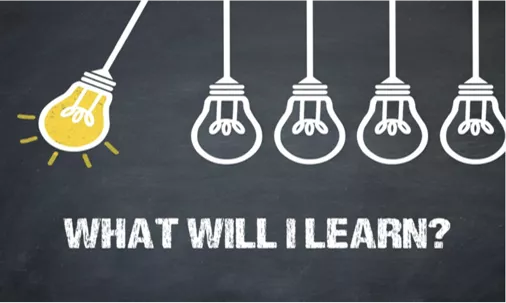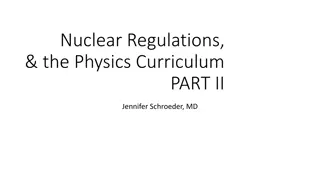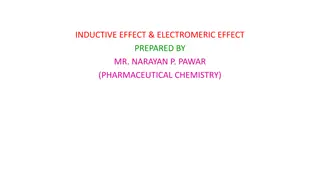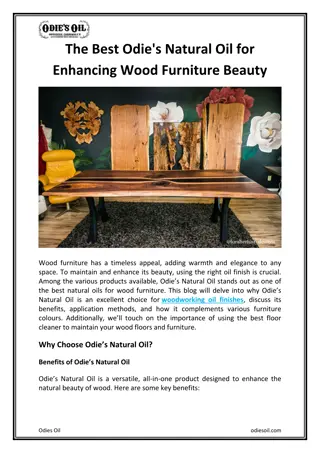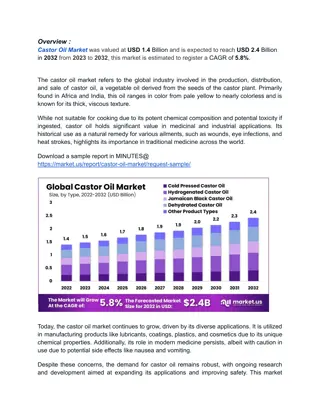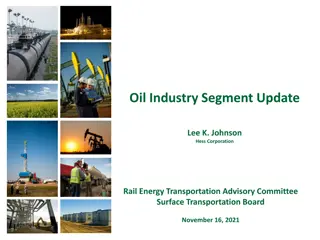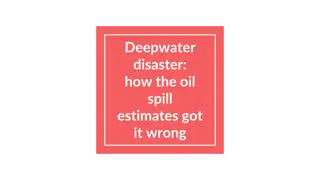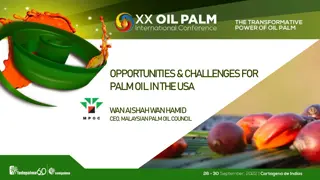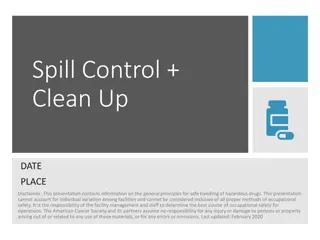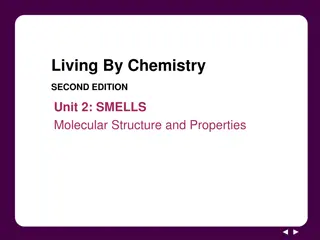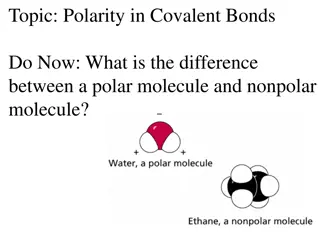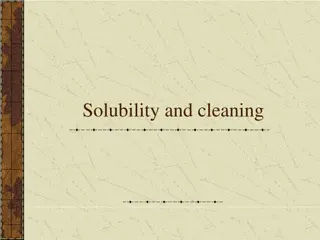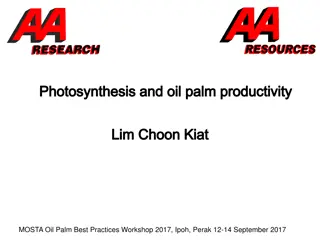Polarity and Oil Spill Impacts
Explore the concept of polarity in molecules and its impact on interactions, learn about the environmental effects of oil spills, and understand methods used for oil spill cleanup. Discover how polar and nonpolar molecules behave differently and the challenges posed by oil spills on wildlife and ecosystems.
Download Presentation

Please find below an Image/Link to download the presentation.
The content on the website is provided AS IS for your information and personal use only. It may not be sold, licensed, or shared on other websites without obtaining consent from the author.If you encounter any issues during the download, it is possible that the publisher has removed the file from their server.
You are allowed to download the files provided on this website for personal or commercial use, subject to the condition that they are used lawfully. All files are the property of their respective owners.
The content on the website is provided AS IS for your information and personal use only. It may not be sold, licensed, or shared on other websites without obtaining consent from the author.
E N D
Presentation Transcript
Learning Goals Understand what makes molecules polar and nonpolar Summarize the interactions between polar and nonpolar molecules Evaluate oil spills and their impact on the environment Understand methods used to clean up oil spills and their relation to polarity
Molecules and Charges Substances are made of tiny particles called molecules, and different molecules behave differently. Some molecules have parts with charges, which attract and repel each other like magnets. Molecules that have charged parts are called polar molecules. Molecules that do not have charged parts are called nonpolar molecules. O C O A polar water molecule A nonpolar carbon dioxide molecule
Polarity The charges in polar molecules attract each other, meaning polar things are stickier than nonpolar things. This also means that polar molecules mix well with other polar molecules, but do not mix well with nonpolar molecules. Think again about a magnet: It is more attracted to another magnet than to a piece of plastic or wood? The positive (left) and negative (right) sides of a hydrofluoric acid (HF) molecule
Oil Spills What is an oil spill? A release of liquid petroleum (oil) into the environment. Sources of oil spills Deep sea drills Large tankers Waste disposal 706 million gallons of oil spilled into waterways and the ocean worldwide every year Offshore oil drill Issue with oil spills: Harm to wildlife Contamination of food sources Damage to shorelines Oil in ocean after Deep Horizon oil spill
Discussion Questions You might already know that water and oil do not mix well. Which one do you think is the polar molecule: water or oil? Get in a group with other students who agree with you and discuss. Why? What can we do to solve the oil spill issue? Get in a group with other students who agree with you and discuss. Why? #6091ba #9fcc3b #8d64aa Workers cleaning up oil spill What type of wildlife do you think is affected the most by the oil spills?
Activity What are we doing? We will be demonstrating an oil spill in a body of water. Photos should be a square like this. Activity goals: Each group will learn engineering principles by using given materials to find a solution to clean up the oil in the water. #f8a81b
Starting the Activity Refer to the worksheet for detailed instructions. First step: Get in your assigned groups. Second step: Gather supplies: tub oil cocoa powder oil cleanup supplies: spoon, string/rubber band, popsicle stick, and cotton balls dish soap
Discussion Questions Which material worked the best? Why? Photos should be a square like this. Which material worked the worst? Why? Are there any materials that you DIDN T try that you think would have worked better to get the oil out of the water? #6091ba #9fcc3b #8d64aa #f8a81b Use of a rubber band skimmer to separate oil and water
Discussion Questions If you had all the materials and money in the world, how would you try to get oil out of water? Draw a picture of your plan or machine to remove oil from water. (Give it an awesome name!) Photos should be a square like this. What are other nonpolar substances you can think of that would behave like oil? #9fcc3b #8d64aa #f8a81b How is oil cleaned up in the real world? Is it similar to the ideas you drew? Oil skimmer at work cleaning up an ocean oil spill
Sources Images: https://www.quora.com/Which-molecule-has-a-zero-dipole-moment-polar-or-non-polar https://commons.wikimedia.org/wiki/File:Carbon_dioxide_3D_spacefill.png https://stlmotherhood.com/popsicle-spoons-catapult-challenge/ https://www.shutterstock.com/search/cotton-balls https://www.hubert.com/product/82670/Cambro-8-34-Gal-Clear-Plastic-Food-Storage-Container---26L-x-18W-x-6D https://www.iherb.com/pr/now-foods-real-food-organic-cocoa-powder-12-oz-340-g/5023 https://www.simtutor.com/blog/posts/2020/october/how-and-why-to-write-learning-objectives-for-your-online-course/ https://www.thecarelabllu.com/research-projects/project-problem-solving-skills-training https://nanoslic.com/waterproof-coating/ https://www.bloomberg.com/news/articles/2020-09-10/why-we-still-can-t-stop-oil-spills-from-damaging-the-environment Sources: Bezonik, Patrick and Arnold, William. Water Chemistry: An Introduction to the Chemistry of Natural and Engineered Aquatic Systems. New York, New York: Oxford University Press, 2011. How Do We Clean Up Oil Spills? YouTube, 21 April 2015, https://www.youtube.com/watch?v=3DbSlAg3F3A. Accessed 17 November 2022. Offshore Drilling: Pros and Cons. BOP Products, 28 January 2022, https://www.bop-products.com/blog/drilling/offshore-drilling-pros-and-cons/. Accessed 17 November 2022. Oil Spills: Impact on the Ocean - sea, effects, temperature, percentage, important, largest, types, source, marine. Water Encyclopedia, http://www.waterencyclopedia.com/Oc-Po/Oil-Spills-Impact-on-the-Ocean.html. Accessed 17 November 2022. Upholt, Boyce. Ten Years after Deepwater Horizon, Worries Remain. Hakai Magazine, 20 April 2020, https://hakaimagazine.com/news/10-years- after-deepwater-horizon-worries-remain/. Accessed 17 November 2022.








